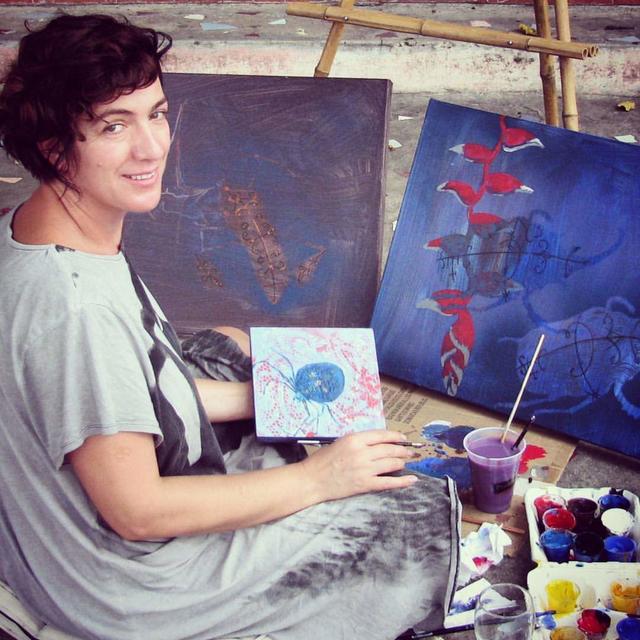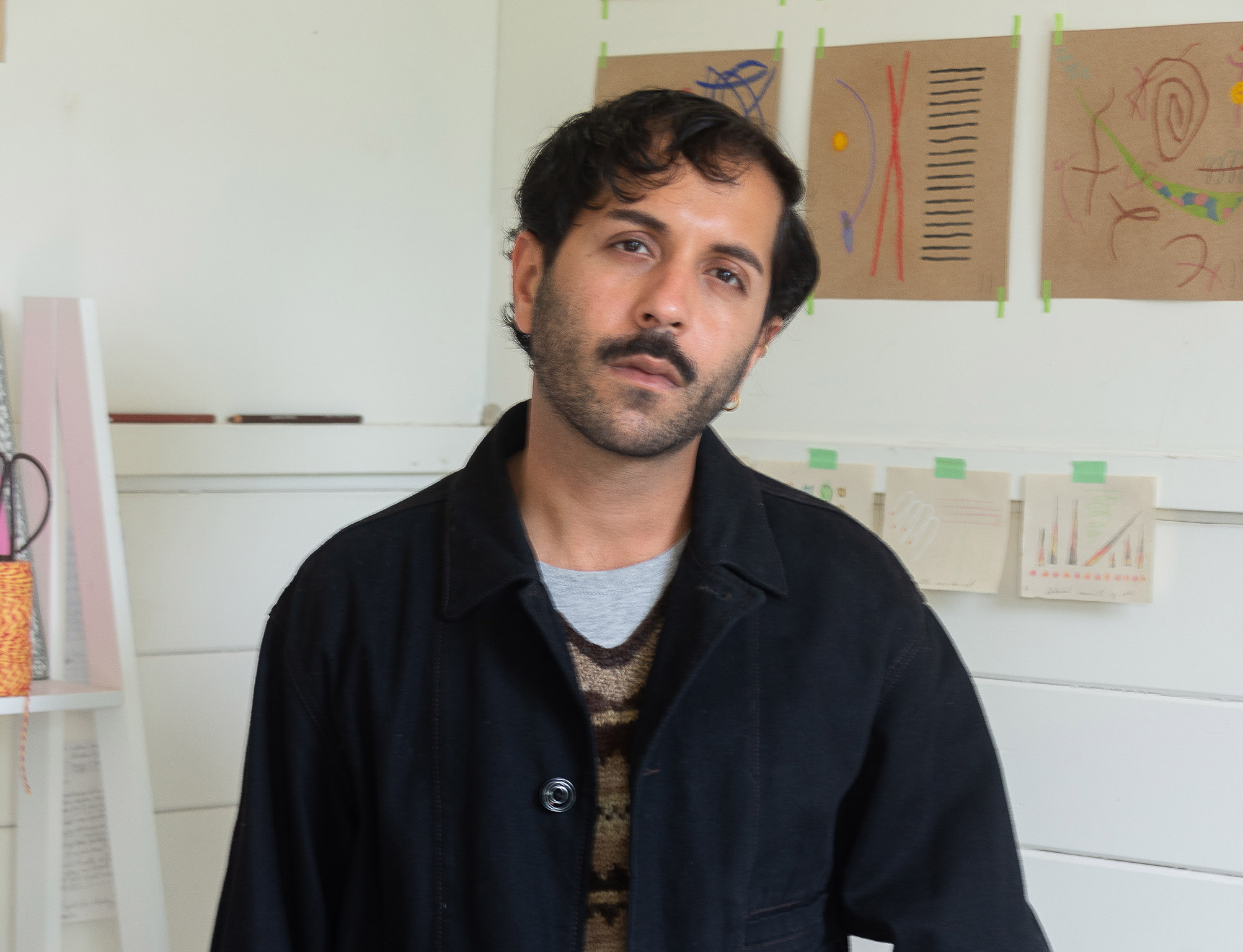When instead of the traditionally used protective blanket ‘Irla’, plastic sheets became a part of the raised in a tribal environment Smita’s life, she embraced plastic too as a medium for her art. She got herself to create a universe of multi-layered hues, by placing plastic sheets of varied pigmentation one above the other; sometimes cutting and at times melting them, thereby producing out of them, little sculpture models. These creations of Smita have travelled and found their way to glory, after being displayed at a museum in Germany; besides other fascinating works too having been recently exhibited in a show named‘ Earthrise’, at the Gallery Desiego, in Seoul. Let’s delve a bit then into the innovative, contemporary awareness-creating art of Smita Kinkale…
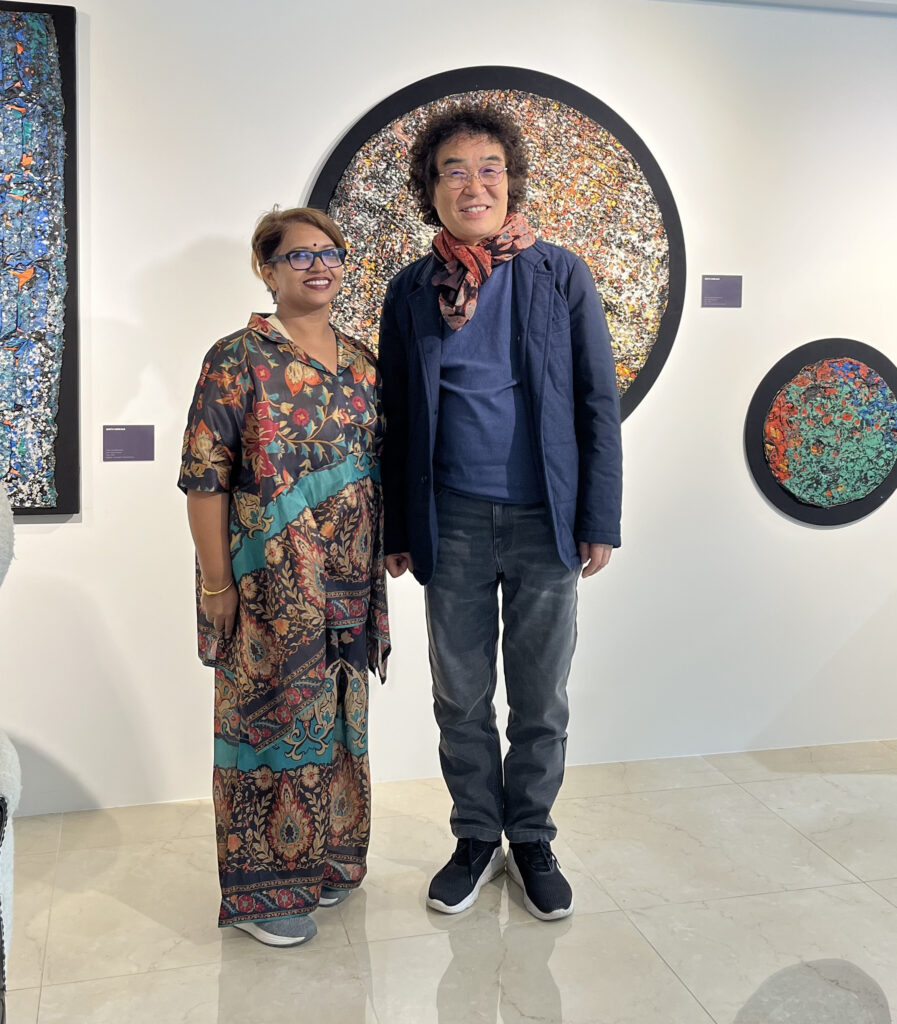
Having a consciousness of the existing modern times we have evolved into, a traditionally inseparable act of painting with pigments, may largely seem to be a meaningless and outdated practice. Although we cannot be in denial about the fact that it has had too much of a cultural influence on us over the ages, and combined with a certain kind of aesthetics we are accustomed to, the age-old tendency of painting a picture with colours cannot be curbed or undermined. It is a manifestation of the contemporary to live with such a conflict.
Having posed a fundamental question as, ‘What is this conflict, if not a picture’, it impresses upon the existential dilemma faced by an artist.
An artist’s response takes shape when she/he contemplates this conflict between the experiences and the thought processes. All this talk about the awareness of the contemporary is for the city-dwellers. Or is it a tendency borne out of the essential need to struggle and survive through a densely populated human world; being forced to live far away from nature ? Can the temperament required to live in, and with, nature in a forest, be termed as contemporaneous ?
Having grown up in a hamlet in the Tansa forest range since her childhood, observing the nature cycles in its varied forms up-close was a common part and parcel of her life. Her tribal life went through a transition, when she began visiting Mumbai to study visual arts academically. She gradually began getting familiar with the urban life. Smita reminisces, “ During my phase of life at Tansa, I saw plastic sheets for the first time replacing the traditional ‘Irla’, used while working in the fields during monsoon. Bit by bit, plastic products began to pervade life, and due to its characteristic of catching fire instantly, a piece of plastic came to be regularly used as a kindling to burn the wooden sticks.”
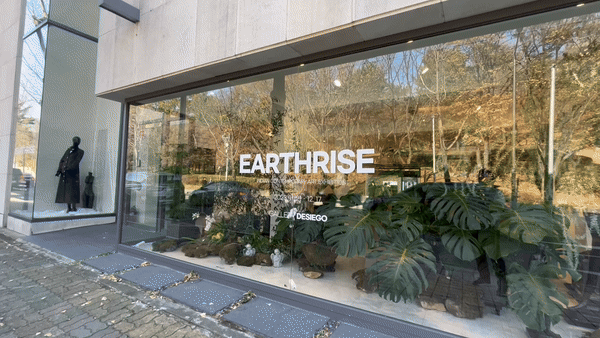
(Plastic came to India around the 1920’s, and its use became prevalent since the 1960’s decade). This plastic, later, after many years, turned out to be the medium for Smita’s art creations. In the beginning, under the influence of the art school culture, Smita began painting abstracts, patching layers of paint. She was fundamentally inclined to apply textures of different mediums one over the other, and behold the visual magic it created. Maintaining this predilection consistently, she began to positively respond to ‘plastic’ which had moved into her life.
Order to use plastic in her works, she started experimenting; with cutting and melting of plastic sheets stacked one upon the other, and examining the exciting results of the novel forms it produced. When the plastic is heated, it melts like molten lava, and assumes shapes as it cools. The layers of colours that materialize and reveal themselves, out of the process of cutting, melting and spreading stacks of plastic sheets, began to provide the wonderful abstract look to Smita’s creations. These paintings seem like little moulded sculptures. While looking at her artistic visual compositions, all of a sudden, one finds a tinge abruptly sparkle, and draws us into the creation, leaving us with a feeling akin to staring at a multi-coloured quilt. The experiences one goes through while immersing oneself in Smita’s works, are like seeing a motley of colours, a feeling we go through : while beholding a tweaked and crumpled silver paper foil, while gazing at a colourful, star-lit sky; while looking into the dazzling patterns in a kaleidoscope, and so on. Generally the use of oil colours, or acrylic in a painting reveals brush strokes. In water colours, we find the flow of colours. In Smita’s works with the use of plastic, we come closer to a feeling as we do while watching a cookery show, where we find certain ingredients melting in the pan. The uppermost layer of plastic can be likewise seen melting, spreading, breaking, and forming shapes, overlapping the layer of plastic underneath it, and pouring in its depressions. We see the formation of certain dots and shapes; seeming to be both flowing, and still, at the same time. While perceiving all the manifestations of plastic in her works, we slowly come to reconcile them with factors such as Smita’s current status quo of being an urbanite, with her childhood memories of nature in the past, at play

On keenly observing Smita’s works, we find in her proclivity to paint, oscillations: between aesthetics of the classical paintings, and her experiences while indulging with the plastic medium. Owing to the skills and experience possessed by her in the handling of the classical method of painting, Smita is seen to be using even the plastic medium, with equal ease and efficiency. A look at the surface of her paintings, in essence, reveals all her life journey, in a way.
In today’s era, plastic, due to it not being recycled properly, is essentially looked upon as an element disastrous for the environment. At the same
time, it has come to be rather indispensable, with an average human said to be using a certain kilos of it every year. While going through life, one constantly witnesses duels between the urban vs natural, the environment friendly vs anti-environment. These duels, and this indispensability can provoke a new idea, which can prove innovatively significant in terms of art. Smita’s creations have been exhibited at Kunsthalle Darmstadt Museum, in Darmstadt, Germany. They are pertinent works on display, as they epitomize such compelling, novel ideas. The omnipresence, and the overwhelming presence of plastic in today’s world has driven Smita to create and put up a tent-like shack of plastic, with plastic animals, toys in it. This brings home the damning reality of plastic being indispensable inevery aspect of our living, where all the living things too seem plasticized.
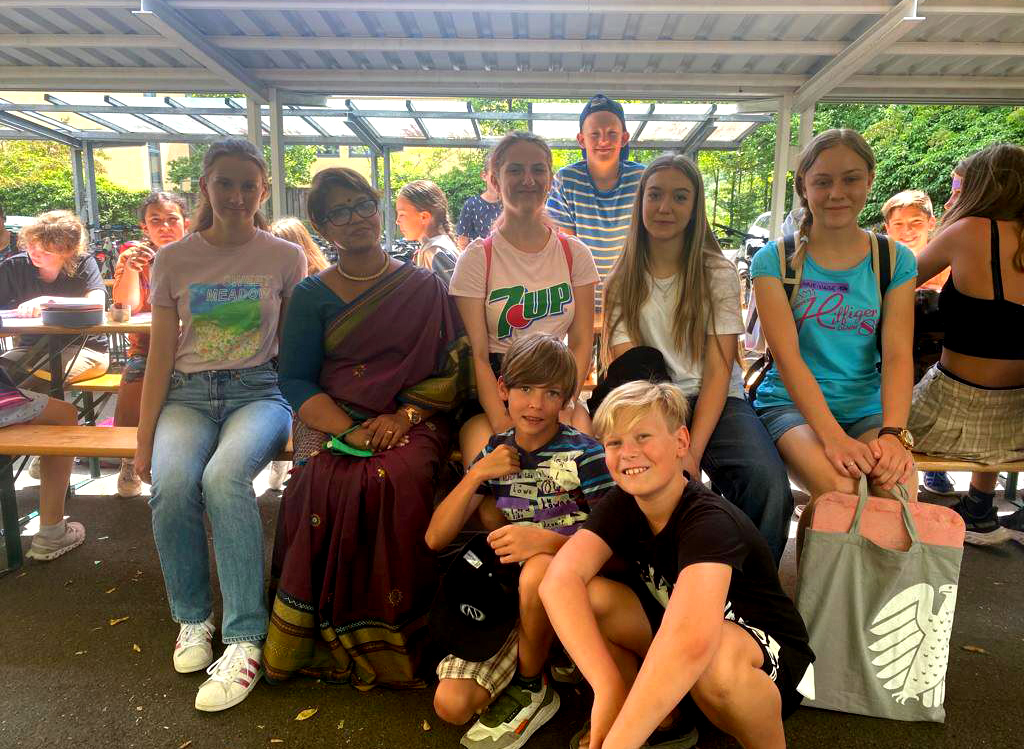
Perhaps, such ideas may not go down very well with certain sections of the society. The fundamental questions will not find answers by such acts, they would argue. But, that is precisely why these ideas prove to be of significance, as the solution to a crucially compelling situation such as this might be to search inwards and find light and hope from within our souls. Since, at an individual level, the performing of principled acts of valuable worth, and the evoking of favourable responses and echoes around in consequence, is the earnest sentiment of the contemporary. In order to bring out such actionable earnestness, the ideas that are triggered as a reaction to suffocating situations, prove vital. An ardent viewer can perceive Smita’s expressive works as paintings, or as spontaneous ideas.
If the idea is comprehended, then it can open the doors to contemporary sensibility. Smita’s art works were on display in an exhibition titled ‘EarthRise’, at the Gallery Desiego, in Seoul. This show was a co-exhibit of contemporary artistic creations on the theme of ‘Mother Earth’, participated in by artists Jason Kim and Sun Kim too.
The essence of such shows exhibiting the echoes of the contemporary lies in watching the interesting kind of responses they go on to elicit from the audience, which happened to be clearly noticeable due to this occasion.
Mahendra Damle
Writer /Artist/Educationist
2023 – White Paper


